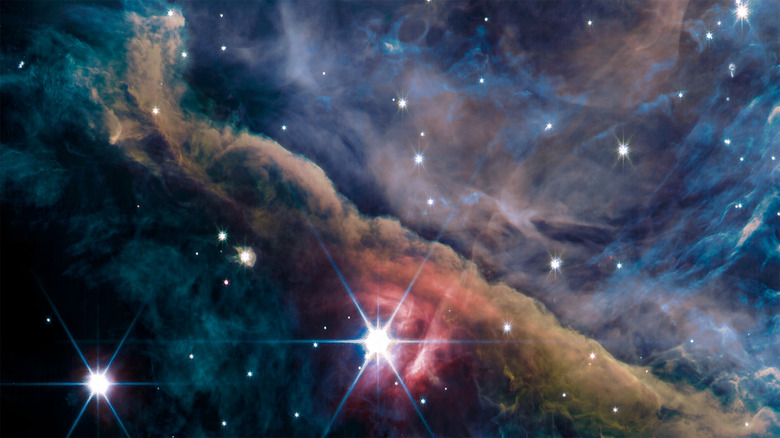This Is NASA's Deepest 3D Fly-Through Of Our Universe Ever
NASA has revealed one of the deepest 3D fly-throughs of our universe ever created. The new visualization was created using data captured by the Cosmic Evolution Early Release Science Survey (CEERS). This particular part of the survey highlighted a very small part of the Extended Groth Strip, which is a region between the Ursa Major and Boötes constellations.
This region of space was originally observed by the Hubble Space Telescope sometime between 2004 and 2005. It's a vast region of space that is home to around 100,000 galaxies. However, this fly-through focuses only on around 5,000 of those galaxies, so you aren't even seeing the big picture. But what is intriguing and cool about this visualization is where it ends.
See, the final frame of the visualization is a galaxy known as Maisie's Galaxy, which is of great interest to many astronomers because of its age. The galaxy is believed to have formed around 390 million years after the Big Bang, according to the most common model for cosmological expansion. That would be roughly 13.4 billion years ago.
The galaxy is one of the first bright and extremely distant galaxies that Webb ever discovered, and it's a great example of a galaxy that we wouldn't have been able to spot before James Webb launched. "This observatory just opens up this entire period of time for us to study," Rebecca Larson of the Rochester Institute of Technology in Rochester, New York, and one of the investigators on the survey, said in a statement.
The video does a great job of taking you through this part of space and showcasing the 5,000 galaxies that lie within it. It's one of the deepest dives that we've ever had the opportunity to see, and it's really cool to watch the stars and galaxies zoom past in detail as the video makes its way out to Maisie's Galaxy.
